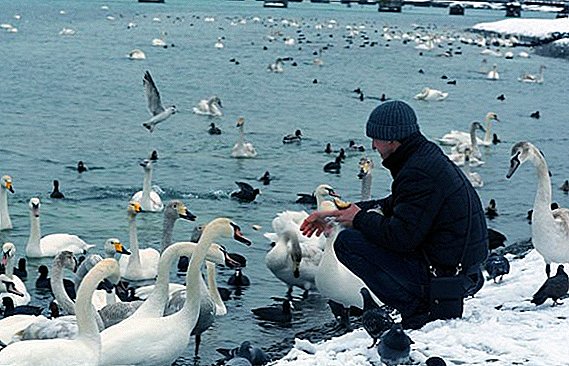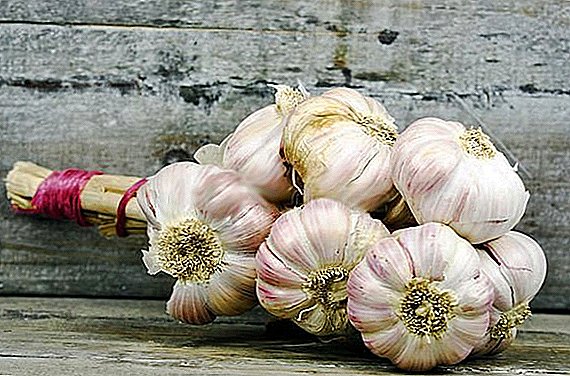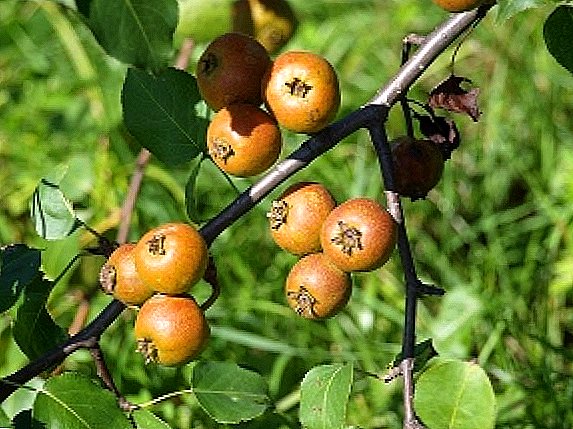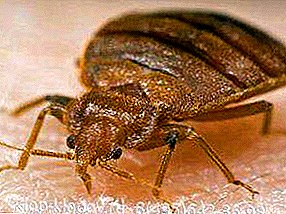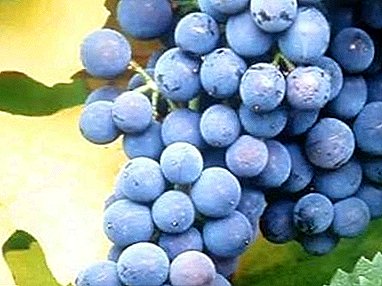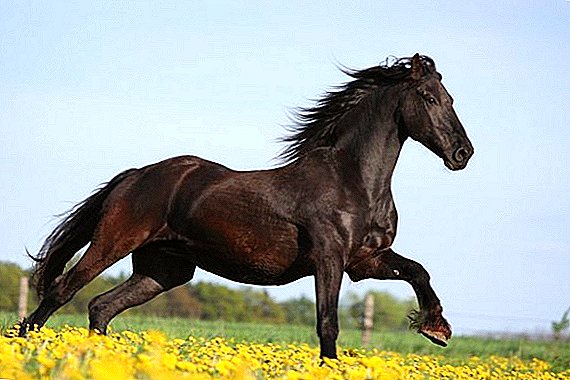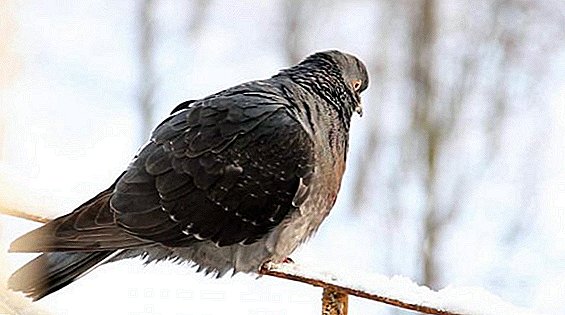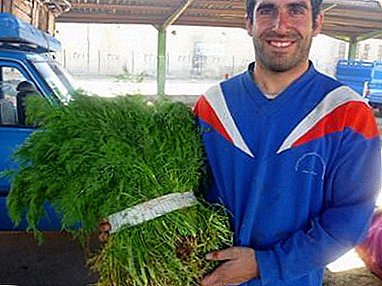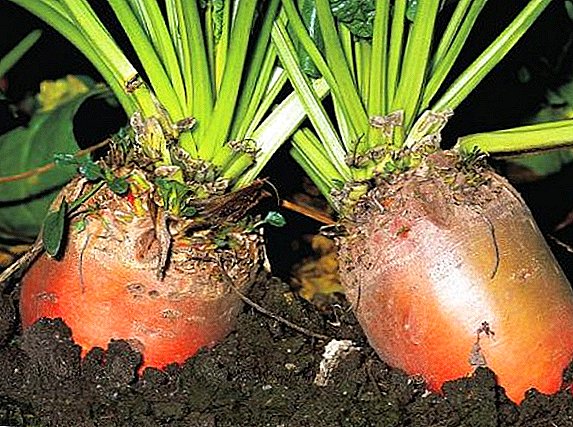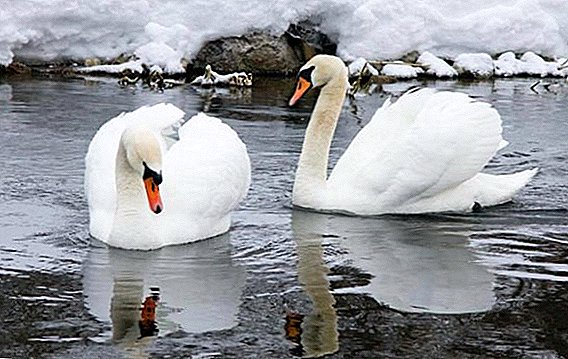 To some people, these beautiful birds are impressive to such an extent that they decide to keep swans in their summer cottages or rural farmsteads. And here there are some problems. Since the swans are both birds and waterfowl, and are well flying, they, on the one hand, need a body of water, and, on the other, they need to do something so that the birds do not fly away from the yard. It follows that these migratory birds, forced to winter at home, must create the most comfortable conditions for wintering. How to do this will be discussed in our article.
To some people, these beautiful birds are impressive to such an extent that they decide to keep swans in their summer cottages or rural farmsteads. And here there are some problems. Since the swans are both birds and waterfowl, and are well flying, they, on the one hand, need a body of water, and, on the other, they need to do something so that the birds do not fly away from the yard. It follows that these migratory birds, forced to winter at home, must create the most comfortable conditions for wintering. How to do this will be discussed in our article.
Peculiarities of keeping domestic swans in winter
Swans, like other migratory birds, fly to warm regions for the winter, fleeing frost and starvation. Moreover, the lack of food in the winter period is the decisive cause here, since many birds, especially waterfowl, in the presence of food are quite capable of withstanding rather low temperatures.
In fact, with open water, swans can spend the whole winter on it, if they are fed from the shore by people. But during frosts, it is troublesome to keep places free of ice on the pond, so it is easier to keep these waterfowl in the house in winter.
Did you know? Swans have unique plumage among birds, which consists of 25 thousand feathers, and swan's down has no equal in its insulating properties.
Requirements for the house
The room for the swans can be rebuilt, and it is possible to adapt a barn or other similar structure for this. 
The construction of the swan house does not present any particular difficulties:
- It is usually erected from materials available at the farm. For example, the roof is made of both wood and reed, and even clay-covered straw.
- The floor is preferably made of wood. In cases where the house is located in a lowland or on a ground with close bedding, the floor must be raised a quarter of a meter above the ground.
- The walls of the room are plastered and whitened from the inside with a 20% lime solution.
- The windows are located at a height of half a meter from the floor and, if possible, from the south.
- Inside the room using the grid is divided into sections for each individual separately.
- The minimum height of the room should deliver 1.7 m.
- Ventilation in the house is done in such a way that the hourly air change inside the closed house is not less than 8 times per hour and not more than 11 times.
- Properly made litter on the floor of the house is of great importance. With the onset of cold weather, slaked lime is scattered on the floor in a proportion of 1 kg per square meter, and a 10-cm layer is laid over a litter of sawdust, small chips, crushed corn cobs, sunflower husk or chopped straw.
- Feeders and drinkers are installed in the house. At the same time, near the feeders with the main feed are containers with mineral feed in the form of chalk, large river sand, fine gravel and seashells. And under the trough to avoid splashing of water on the litter have a pallet.
Important! Dampness, oddly enough for a waterfowl, is one of the main enemies of the health of swans hibernating in the poultry house.
However, excessively low humidity in the room adversely affects the bird's body, dehydrating it and drying out mucous membranes. Although swans are able to tolerate low temperatures, they still feel more comfortable at moderate temperatures, so heating is desirable in poultry houses in case of severe frosts.  Another factor that is extremely important when keeping swans in the house is the level of gas pollution of the room. Carbon dioxide, hydrogen sulfide and ammonia, which accumulate in the air, have the most depressing effect on the body of birds, reducing their appetite and leading to various kinds of diseases.
Another factor that is extremely important when keeping swans in the house is the level of gas pollution of the room. Carbon dioxide, hydrogen sulfide and ammonia, which accumulate in the air, have the most depressing effect on the body of birds, reducing their appetite and leading to various kinds of diseases.
As we have said, ventilation in the house should ensure air turnover at least 8 times every hour. The safety of waterfowl health during wintering in the house depends largely on the hygienic conditions created in it.
When preparing the premises for the winter, while the swans stay outside it in the reservoir, the following measures are taken:
- Removed old litter and traces of litter.
- Walls are cleaned and whitened with quicklime.
- Whitewash and other equipment used in the house.
- Feeders and drinkers are washed using a hot two percent solution of caustic soda.
Read more about the most popular breeds of swans, as well as some of them: mute swan and black swan.
Requirements for the reservoir
As already mentioned, with open water, swans can spend the whole winter on it. To do this, they are suitable for any vast body of water in the form of a lake, pond or river with clear water and abundant aquatic vegetation. In the case of a river, the holding area should be netted so that the birds do not float away along the river.  In addition, for keeping birds on the water surface, feather feathers should be trimmed on the wings, if at a young age the upper phalanx of one of the wings was not amputated. For perfectly flying birds, this precaution is absolutely necessary.
In addition, for keeping birds on the water surface, feather feathers should be trimmed on the wings, if at a young age the upper phalanx of one of the wings was not amputated. For perfectly flying birds, this precaution is absolutely necessary.
As for the water body itself, in winter it takes a lot of effort to get the water parts free of ice. Polynyas and ice holes must be constantly cut in and cleaned. You can prevent the formation of ice in the water area near the shore with an air compressor.
It will be useful for you to read about how to build a pond on the site with your own hands.
The constant movement of water with the help of air bubbles formed by the injection of air into the tubes located under water inhibits the formation of ice. It is clear that all this requires considerable physical effort and material costs, so the owners of swans in the winter period most often make a choice in favor of their maintenance in poultry houses.
Those who still decide to keep the birds in the open water in winter usually build a canopy on the shore, under which the swans can hide from the weather, and the shore is covered with a thick layer of straw that allows the birds to warm their wet feet.  These waterfowl can hide from the weather and in the houses, which are usually erected on small wooden platforms installed on piles in shallow water. There are also feeders.
These waterfowl can hide from the weather and in the houses, which are usually erected on small wooden platforms installed on piles in shallow water. There are also feeders.
What to feed domestic birds in winter
In summer, grass, algae and underwater living creatures serve as the main food of the swans.
In winter, the lack of greenery is compensated by cabbage and root vegetables:
- beetroot
- carrots;
- onions;
- potatoes.
Did you know? Swans that are able to travel more than 2 thousand km through the air can rise to the sky to a height of over 8 km.The protein that in summer comes to birds through fish, mollusks, insects, worms, in winter you can find:
- in boiled fish;
- in the meat remains;
- in fermented milk products.
 The diet of an adult in winter may consist of:
The diet of an adult in winter may consist of:- boiled peas - 70 g;
- steamed oats - 80 g;
- Oatmeal - 30 g;
- steamed bran - 25 g;
- boiled millet - 100 g;
- boiled millet - 35 g;
- steamed barley - 40 g.
Find out what is the life span of swans, as well as where and how they build nests.
In addition to peas and cereals, which provide birds with carbohydrates that supply them with heat and energy, Swans are given vitamin products in the form:
- fresh cabbage - 50 g;
- boiled potatoes - 70 g;
- fresh carrots - 150 g;
- fresh beets - 20 g;
- onions - 10 g.
 20 g of minced fish or minced meat will add protein to the food, plus 20 g of mineral supplements should be added to all of this. They feed the swans at home twice a day.
20 g of minced fish or minced meat will add protein to the food, plus 20 g of mineral supplements should be added to all of this. They feed the swans at home twice a day.Wild swans in winter
With the onset of the winter period, the swans, depending on the breed, climatic conditions and the availability of food, behave differently.
Where swans fly for the winter
Being migratory birds, swans living in northern latitudes migrate to warm lands with the onset of winter. And in this case, they are not interested in heat by itself, but in the presence of food supply. Without fear of cold, these birds can stay for the winter wherever there is open water, and, therefore, underwater food.
Get acquainted with the features of breeding swans at home.
For example, often these waterfowl arrive for the winter in Denmark, which is by no means a southern country, but has open reservoirs. Most often, European swans move from north to south inside Europe, settling for the winter in Romania, Italy, Bulgaria, the Volga delta.
But if the swans are sent to the warm edges solely in search of food, then they return home, attracted by the breeding instinct. Temporary shelter gives the birds some food in the winter, but does not provide sufficient space, safety and a wide food supply, which are necessary for breeding and which are available only in their native lands. 
What to feed the swans on the lake
Recently, ornithologists began to observe more and more often the phenomenon which they called the decline of the migratory instinct. This phenomenon is the refusal of an increasing number of swans to leave their homes in winter.
Experts explain this phenomenon by global warming, in which water bodies do not freeze during the winter period. In such a situation, there is no point for the birds to leave their native lake in winter. Birds living in urban water bodies, in general, do not have to think about food, because the townspeople literally flood them with food.
And here the question arises: is it all that good people give to birds in the form of edible, it is useful to them? Ornithologists say that the swans, wintering in open water, in general, none of the food should not be given. Say, the birds themselves will get everything they need in the water.
Important! It is strictly forbidden to feed the swans with black bread in order to avoid the appearance of putrefactive fermentation in the stomachs of birds.If the reservoir freezes, and the temperature drops below -15 ° C, feeding is really required for the birds. As a rule, most people feed the birds with bread. And among experts there are still disputes about whether bread is good for swans or harmful. Opinions were divided on white bread, but the conclusion on black was clear.

In addition, it is not recommended to feed these waterfowl:
- smoked meat;
- chips;
- baking
- chocolate;
- sausage;
- crackers;
- cookies;
- dry grain.
Last in the list, but not least, dry grain with its sharp edges can damage the esophagus and stomach of these waterfowl, who are accustomed to eating food only with water, i.e. only soaked or boiled grain can be thrown onto the ice of birds, but not dry.
Difficult for the swans staying at home, the winter period can be greatly facilitated by the skilled help of a person who, knowing the habits and preferences of these birds, is able to create comfortable conditions for them to winter.
Reviews from the network
A very important condition for the maintenance of swans in winter is air temperature. Negatively, both cold and high temperatures can affect the health of swans. It is very important to determine the optimum relative humidity. High humidity can cause loss of appetite in swans, as well as lead to diseases. Too dry air will lead to poor heat transfer, the bird will always feel thirsty.
Ensure good ventilation in the house. Otherwise, the air will be very gassed, appetite will decrease, various respiratory diseases are possible. It is also necessary to observe the recommended landing density - plant 1 adult swan per 1 square meter of floor space. The space for one bird should be protected with a net, thus making a kind of section.
Directly near the premises should be located pen. In warm weather swans walking in it. In the house for the winter maintenance of swans must be dry and clean bedding. As it can be used peat, straw, shavings, sawdust, husk. Slaked lime is spread under the litter on the basis of 0.5-1 kg per 1 square meter.




